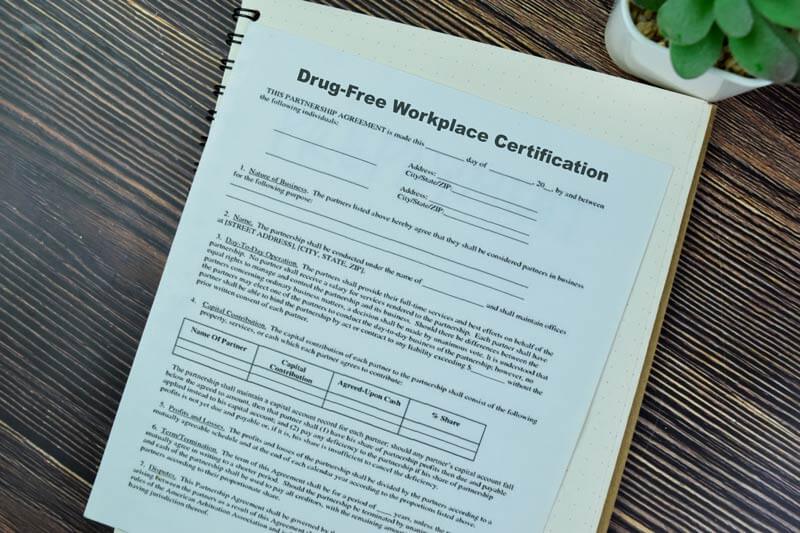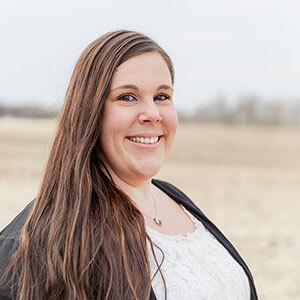Is your workplace drug-free?
According to the Drug-Free Workplace Act of 1988, a drug-free workplace is one where “the unlawful manufacture, distribution, dispensation, possession, or use of a controlled substance is prohibited.” A controlled substance can be any substance that can be abused or cause addiction, and therefore is tightly controlled by the government, such as opioids, stimulants, depressants, hallucinogens, and anabolic steroids. In many cases, controlled substances are illegal drugs. But they can also be prescription medications, marijuana, or alcohol.
If an employee or even a visitor brings a controlled prescription, illegal drugs, marijuana, or alcohol on your premises, suddenly your workplace is no longer drug-free. At least according to the act.
What is the Drug-Free Workplace Act compliance?
The federal Drug-Free Workplace Act was established in 1988 and intended for federal organizations. Under the act, organizations must implement a drug-free workplace program that includes drug tests and other specific components. The act also applies to non-federal workplaces that have a federal grant of any amount or a federal contract of $100,000 or more. Although not all businesses are required to comply with the act, many companies adopt drug-free workplace policies for other reasons.
Why is it important to have a drug-free workplace policy?
Many businesses that are not required to meet drug-free workplace requirements still have a policy. This is simply because drugs and alcohol can interfere with judgment or reaction. Employee drug use can affect the performance or safety of employees, clients, or other bystanders. Its effects on job performance can result in decreased productivity, personal problems with other employees, and serious accidents. A drug-free office can be more productive and provide safer workers and a healthier workplace for everyone.
Promoting positive mental health in the workplace can compliment a drug-free workplace policy by providing support that employees may need to cope with stress both on and off the job.
What are the five components of a drug-free workplace program?

A drug-free workplace program generally consists of the following five components:
- A documented policy
- Supervisor training
- Employee drug-free workplace education
- Employee Assistance Program (EAP) or referral to drug abuse assistance
- Drug testing
A Documented Drug-Free Workplace Policy
The drug-free workplace policy itself should be carefully documented. Explain what the policy is, its purpose, exactly what behaviors are prohibited, and the consequences of any infractions. A legal review of the policy will help ensure compliance with federal, state, and local laws.
A documented policy also gives employees a source to verify what is expected. This includes behavior upon their initial employment and throughout their time there should they need a refresher.
Supervisor Training
Supervisors should be trained to recognize drug abuse and address any infractions of the policy. They should also be instructed about how to refer employees to a rehabilitation program such as Guiding Light for assistance and support in recovery.
Supervisors may also be responsible for issuing a drug testing referral for an employee suspected of illicit drug use on the job and for maintaining documentation and records.
The department supervisor is one of the closest managers to spot an employee with a substance use problem. Making a good faith effort to directly engage with the employee using a professional yet concerned approach can help turn the situation into a better one for both employer and employee. Employers can be key in helping a great employee learn a new way of life through support of their involvement in a rehabilitation program, even if an actual notice of temporary suspension or termination is required for the situation.
Employee drug-free workplace education
Employee education is a key component of any drug-free workplace policy because it ensures that employees understand expectations, potential consequences, drug testing requirements, and support that is available, such as available drug counseling or rehabilitation programs. Employee education can be in the form of training sessions, posters in the workplace, or periodic emails to refresh awareness of the policy as well as resources to help.
Employee Assistance Programs (EAPs)
EAPs are often used to support employees who may have various types of problems that affect workplace performance. EAPs may provide referrals for counseling or substance abuse programs. Even if an EAP is not provided, employers can be a resource to employees by providing information about community-based resources, treatment programs, and addiction helplines.
Drug Testing
Employers can use drug testing for alcohol, prescription drugs, or illicit drugs to gauge compliance in drug-free workplaces. Drug testing should be spelled out in the policy to explain what tests may be administered and when they may be required. Drug testing may be performed:
- pre-employment
- upon reasonable suspicion of drug use based on behavioral signs
- post-accident
- randomly
- periodically
- for return to duty after an absence
What is a no-tolerance policy on drugs?
In companies with zero-tolerance policies, employees may be deemed to be in breach of their obligations for any drug abuse violations that occur in the workplace or even at home. The consequences for any violation are documented in the policy and should determine violations for each instance. Anything from possession of a controlled substance to illicit drug use either off or on-site should be tied to the appropriate personnel action. Consequences may include anything from time off work up to termination.
How do you create a drug-free workplace?
According to the Substance Abuse and Mental Health Services Association (SAMSA), about 70% of adults with an alcohol or illegal drug use disorder are employed in full and part-time jobs. Having policies that account for these workers and support their recovery can ensure a safer workplace and a healthier workforce. Instead of reinventing the wheel for your company, SAMSA provides a number of resources for developing and maintaining a drug-free workplace. Your local health department or other appropriate agency may also be helpful in offering resources to include in the drug-free workplace policy at your company.


